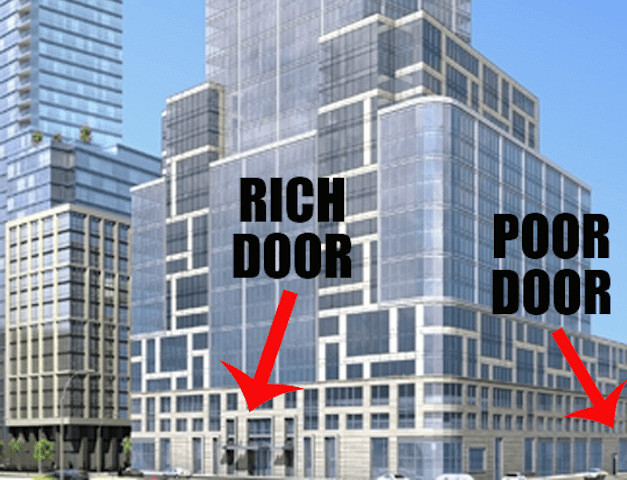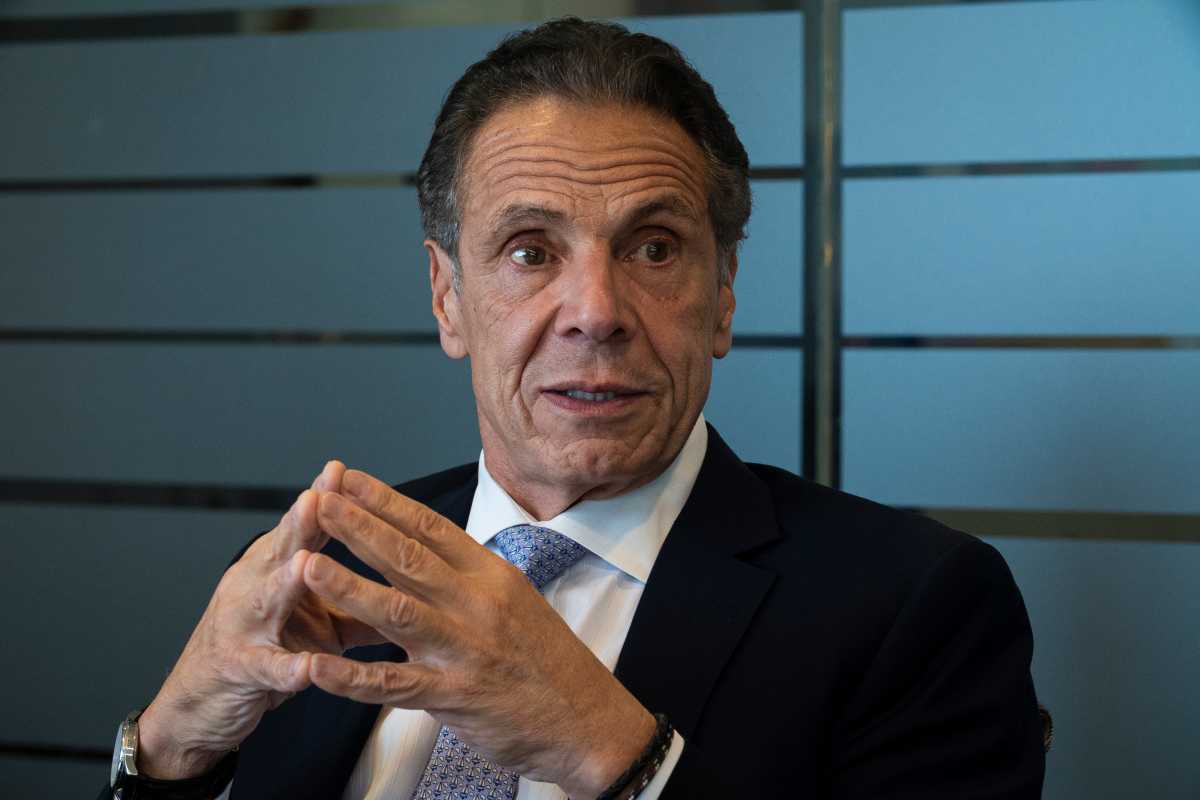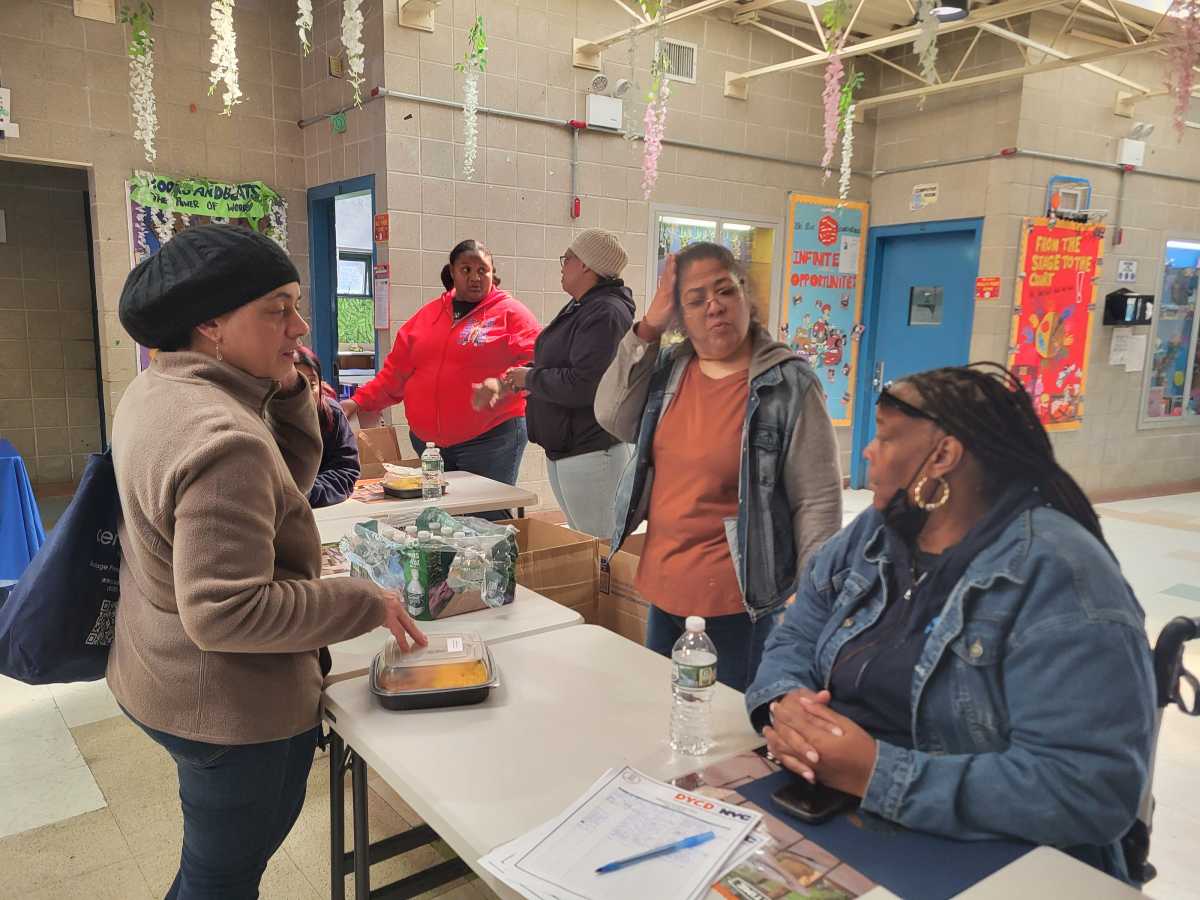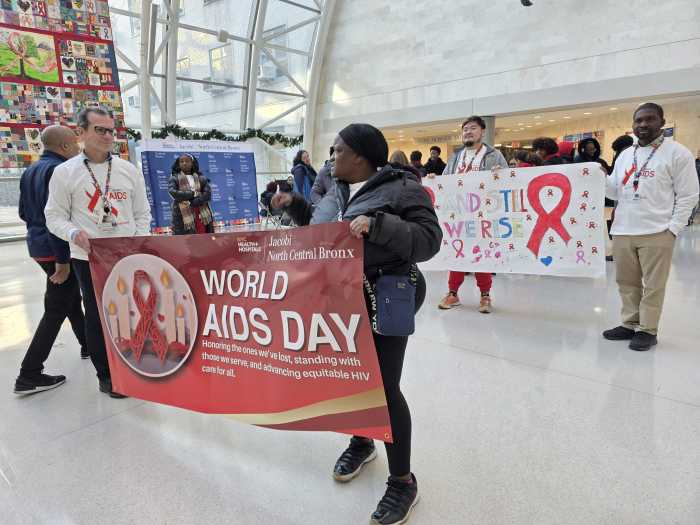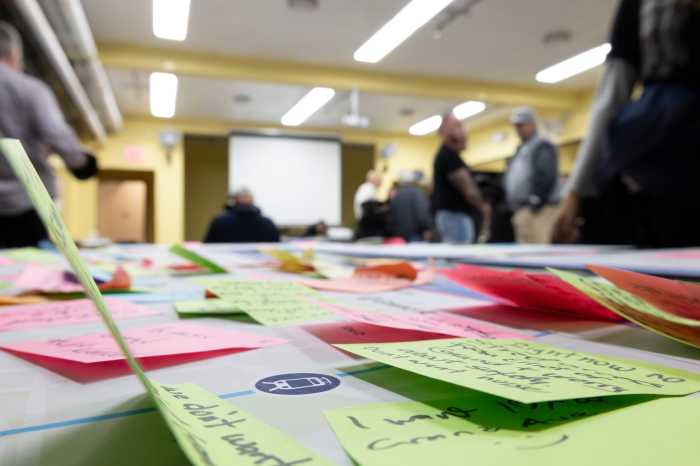In the introduction to mandatory inclusionary housing (MIH) a lot is said about adding 20-30% affordable housing units but nothing about the much more critical effect of adding 50% as in East New York or 70-80% market rate housing to communities that are composed largely of low and moderate income families. What happens when you have a sudden influx of multiple projects that inject high-end housing units to an area? You have a recipe for instant gentrification and a recipe for harassment of rent-regulated tenants to push them out of what is now an upwardly spiraling rent district. At the same time there is the harassment of low-income homeowners to sell their properties to speculators. The plan is supposed to preserve affordable housing but how can it when we know that real estate speculators are buying up the low-income housing before the plan goes into effect.
What happens on the street to the long time merchants when landlords realize they have a new more affluent resident population in the area? As we have seen throughout many districts in the City, store rents double, triple, and more and well established businesses have to fold up and leave, making room for posher, trendier businesses-often national chains, box stores or bars. Storefronts remain empty for months or years as landlords wait to fill their store with high-end merchants. This leads to the destruction of neighborhood character and towards a homogenous City. The constant talk of the 20-30% affordable housing strikes me as a diversionary tactic to distract the public from looking at what is really going on-bringing in a great majority of subsidized market rate housing.
As for the affordable income housing bands, none of them address the desperate needs of low income people and the ever increasing homeless population. There will be few units at the lowest band at 40% AMI which represents an income of approximately $31,000. There will be more units in the middle bands of 60% and 80% AMI which represents incomes of approximately $46,000-62,000. These will represent a handful of units in what will overwhelmingly be market or luxury units. Absurdly, affordable housing includes 120% AMI which represents an income of over $93,000 that are being subsidized by our taxes.
In an area like East New York, where 35% of the people are listed as below 30% of AMI, having incomes between $0 and $23,000 the proposal is to have new development of 50% affordable and 50% market rate units built. Since the affordability bands are higher than the current AMI of East New York residents, even those units will add to gentrification.
Ordinary people subsidizing developers
Developers do not pay into new infrastructure to support their new buildings and because of 421-a they pay no taxes. So who pays to develop the infrastructure that benefits these developers? The taxes of ordinary people rise and serve as a subsidy for the developers who profit with millions of dollars. This is an upward distribution of wealth from the poor and middle class.
What if developers paid their taxes and that money was used to subsidize the building of wholly affordable units at levels that reflect the incomes of the community where they are built. When not-for-profits build with government subsidies, we see they are able to build at much lower AMI levels. If rich people paid their taxes and did not use government sanctioned tax programs like 421-a, government could have the money to provide decent subsidized housing that was truly affordable.
Among the many concerns is enforcement that units stay affordable forever, as promised. New York City has done a very poor job of enforcement up to now. Tenants have been mercilessly harassed to leave their apartments to make way for more affluent high-end apartment units in desirable neighborhoods. Essential to any affordable housing plan is a thoroughly mapped out enforcement plan with real teeth so that landlords have to think twice before they start pushing those out of the so-called protected units.The real estate industry is very focused and organized and will find a way to make millions off of the backs of the low and moderate-income residents.


